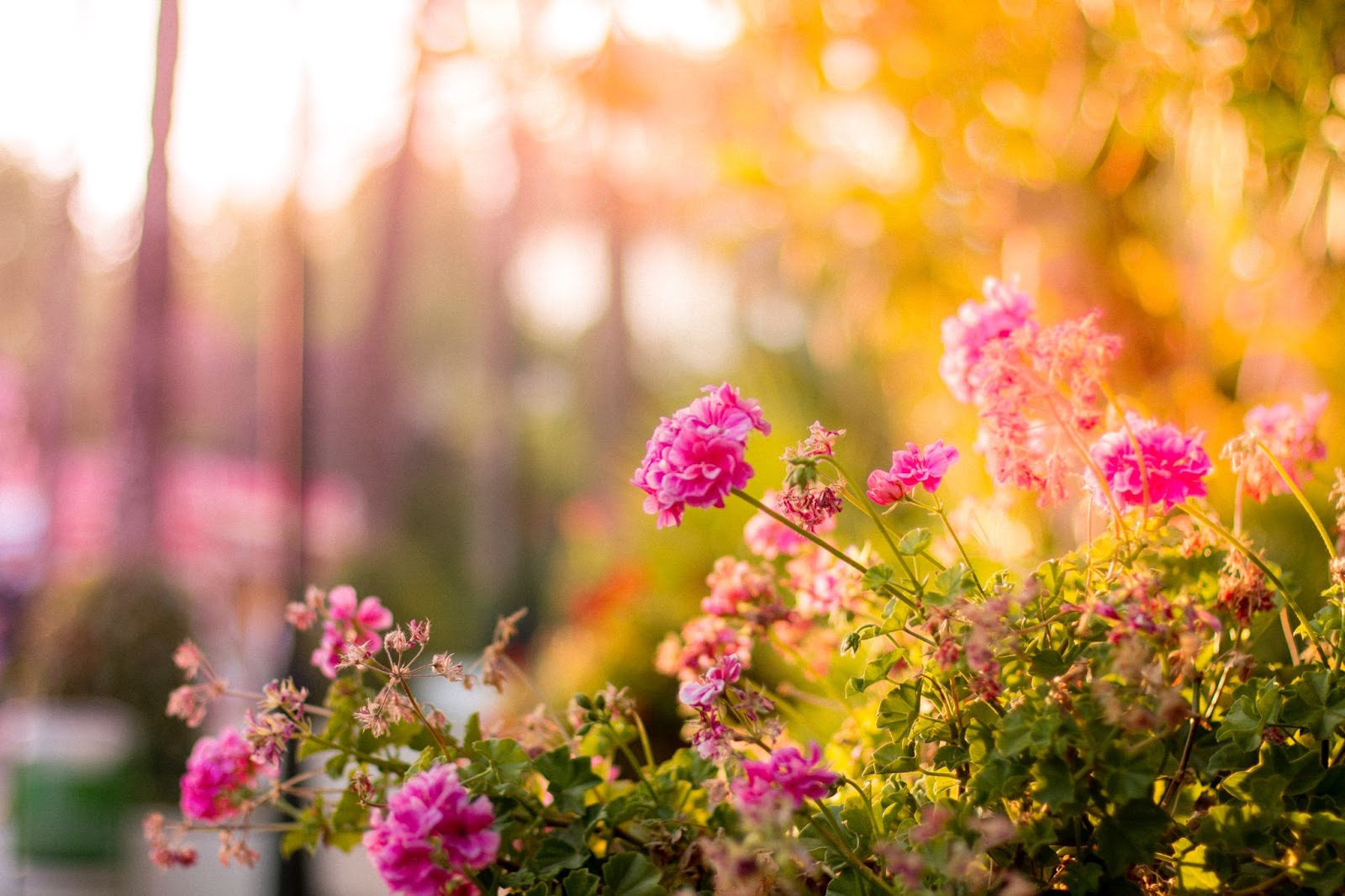Feng shui gardening: How to create balance with the five elements

Photo by Adrianna Calvo on Pexels
As the weather is warming up, you might be thinking about how to make the most of your garden and yard. Whether you’re dreaming of joyful family barbecues or long meditative walks, we can all benefit from creating outdoor spaces that nourish and support us. Feng shui might not be the first thing that comes to mind when you think of improving your garden, but feng shui principles are certainly not limited to indoor spaces!
One way to create a balanced and harmonious garden with feng shui is to incorporate each of the five elements: fire, earth, metal, water, and wood. Each of these elements has distinct qualities and characteristics, and when we include each one in our environment, the overall energy becomes more balanced.
Here are a few ideas for how to include each of the five elements in your garden:
Earth:
One of the most straightforward ways that the earth element shows up in a garden is in the earth itself. Create a healthy environment for your plants to grow by choosing good-quality soil.
You can also add the earth element with stones, big or small. This could be a stone wall or gravel pathway, or a decorative stone sculpture. Ceramic planters are another great way to add more earth energy.
Metal:
One way to add metal to your garden is with a windchime. Choose one that is made of metal, and make sure it has a sound that you enjoy.
Metal is also connected to the color white, so you can add metal to your garden by planting white flowers. There are so many beautiful flowers that come in white, including hydrangea, phlox, petunia, and daffodil.
Water:
Plants and trees all represent the wood element. Wood is also related to upward movement and tall, columnar shapes, so you can boost wood energy by including tall plants or trees that grow upwards. Bamboo, alliums, and tall grasses are all good examples of this.
Wood is also connected to the color green, so any plants with green foliage are a great way to add the wood element. If you live in a colder climate, you can also plant evergreens to make sure you have a good amount of wood in the winter, when most plants have lost their leaves.
Fire:
Sunlight represents fire energy, so your garden likely has an abundance of fire already. You can also add more fire through color or shape.
The fire element is connected to reds and bright oranges. Bee balm, coreopsis, zinnia, and Japanese maple are all popular plants that can add fiery reds to your garden. You can also look for plants with triangular leaves, since triangles represent fire.
Gardening in Small Spaces:
If you don’t have the yard space for a garden, you can always bring nature onto your doorstep or patio, or inside your home with a container garden. To create balance in your container garden, think about the colors and shapes of the plants and planters you are choosing and what elements they represent.
We hope this helps you create a peaceful, balanced garden space that encourages you to connect with nature this season. Happy feng shui gardening!
For more on feng shui and gardening, listen to our podcast episode with Mindful Design graduate Will Brown of Will Brown Interiors.